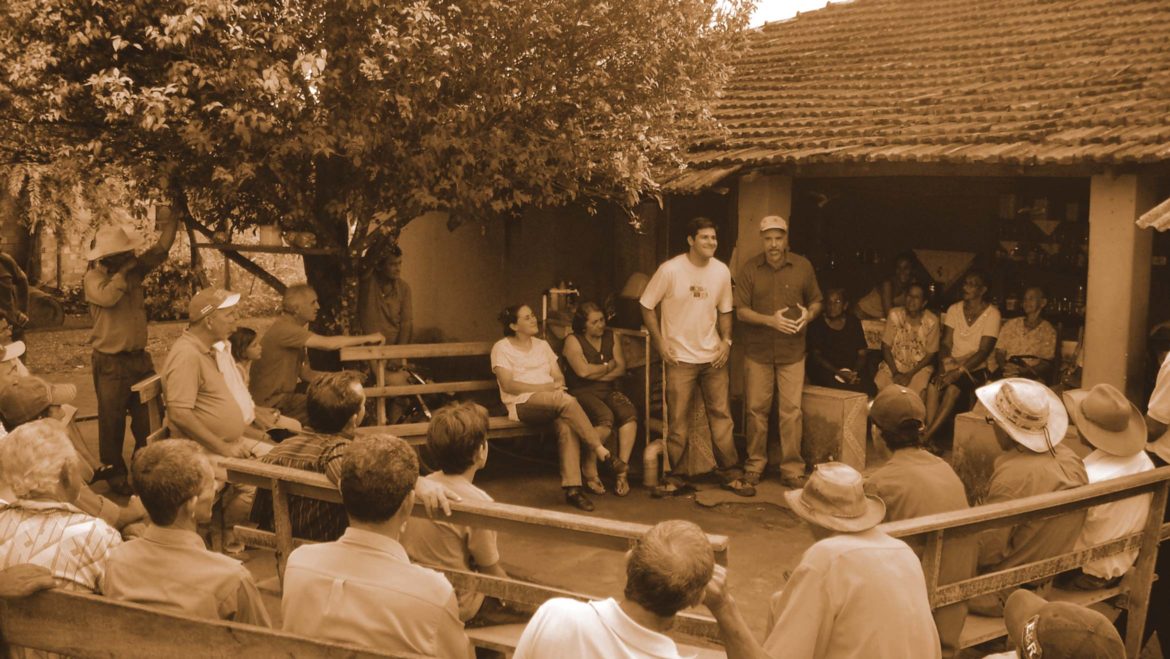
Element 4 – Planning: how to organise and implement
Section 4 explains how to plan and implement an effective assessment.
Step Guide
STEP
1
Who should conduct the community support assessment? (p36)
- to gain best outcomes based upon objective results, stakeholders must feel comfortable when responding to assessment questions
- on occasions, an independent third party may be the best solution to conduct the assessment. However, the third party must be mutually agreed by and acceptable to the community and company. See Annex G (p69) for a description of how a third party can organise an assessment
- when an external team is not possible, companies can form an internal assessment team, ideally including people not in the community relations department. Additional effort may be required to engage objectively with all stakeholders
STEP
2
When should a community support assessment be conducted? (p36)
- although the information gleamed by an assessment is applicable through all stages of the mining project cycle and all types of mining project, the methodology needs to be adapted to fit the specific objectives and contexts of each site. This includes foreseeable attitudes or expectations from stakeholders at key moments e.g. the exploration phase, construction and closure stage
STEP
3
How often should you conduct the assessment? (p37)
- how frequently each site conducts the assessment depend primarily on three issues: trends, discontent and change
- in most cases assessments conducted on a biennial basis will commonly offer the most value
- in between assessments, continual up dating will occur following the site’s other community relations planning and activities
- for stable sites, which have been in operation for 20 years or more, a five-year gap between assessments may be reasonable
- this assessment should be viewed as a tool to help identify, understand and evaluate trends in community support and not as a quick snap-shot of the community-company relationship
STEP
4
How to leverage existing information and processes? (p38)
- begin by viewing existing site information such as stakeholder mapping exercises, impact and risk assessments, grievance mechanisms and community surveys
- include information about security personnel, environmental management and local procurement. This will help determine which stakeholders will be most impacted or pose the greatest risk to the site
- always engage with those who spend most time with communities – their knowledge will be invaluable
- the community support assessment process should complement previous processes and naturally integrate; it is not an independent process
Top Tips:
Assessment teams should have the following skills/experience (Step 1):
- research and field work experience
- excellent interpersonal skills
- analytical skills
- oral communication skills
- perception skills
- in some cases, experience in conflict management
